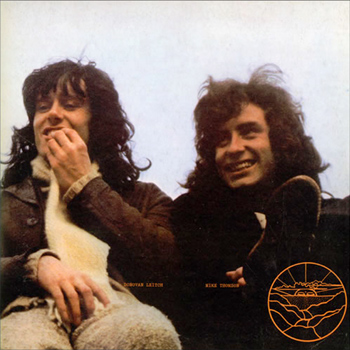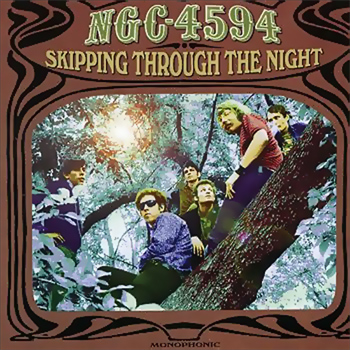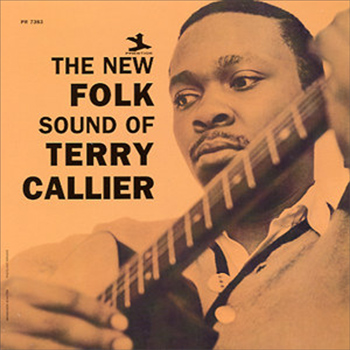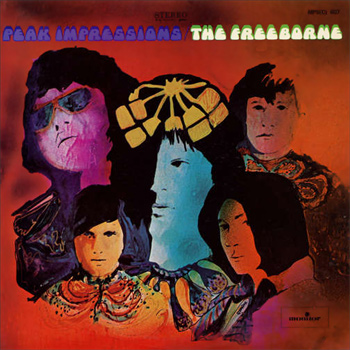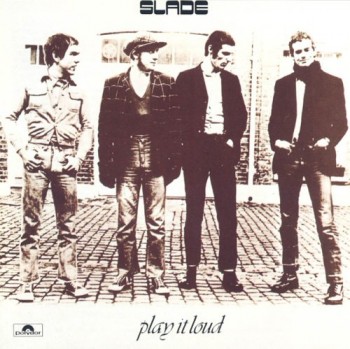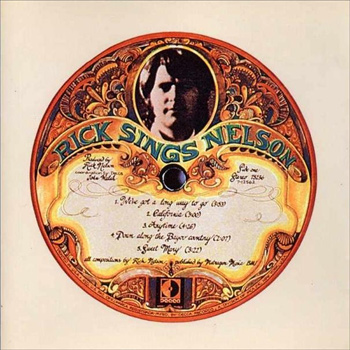PODCAST 25 Southbound Train

Running Time: 59:00 | File Size 81 MB
Download: .mp3
To subscribe to this podcast: https://therisingstorm.net/podcast.xml [?]
1. Yukon Railroad – The Nitty Gritty Dirt Band – 1970
2. That’s Alright By Me (Previously Unreleased) – Gene Clark – 1968
3. Southbound Train – Graham Nash & David Crosby – 1972
4. Just Yesterday – Weird Herald – 1967
5. Rosana (Previously Unreleased) – Hearts And Flowers – 1968
6. Little Boy Blue – Charlie Daniels Band – 1970
7. Banjo Press Conference – Beachwood Sparks – 2001
8. Strange Ways – Cherokee (The Robbs) – 1971
9. Coalminers – Uncle Tupelo – 1992
10. Birmingham – The Camel’s Hump (post Mike And The Ravens) – 1969/1970
11. Homemade Songs – Bobby Charles – 1972
12. Beware Of Time – The Corvettes – 1969
13. Scorpio Woman – Mordicai Jones (aka Bobby Howard with Link Wray) – 1973
14. Nothing At All – Tim Dawe – 1969/1970
15. Modessa – Bluebird – 1969/1970
16. Sweet Mama – Blue Mountain Eagle – 1969
17. Brokedown Palace (live) – The Grateful Dead – 1970
